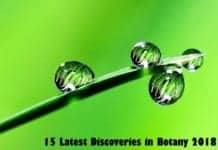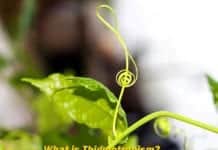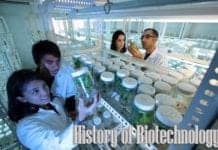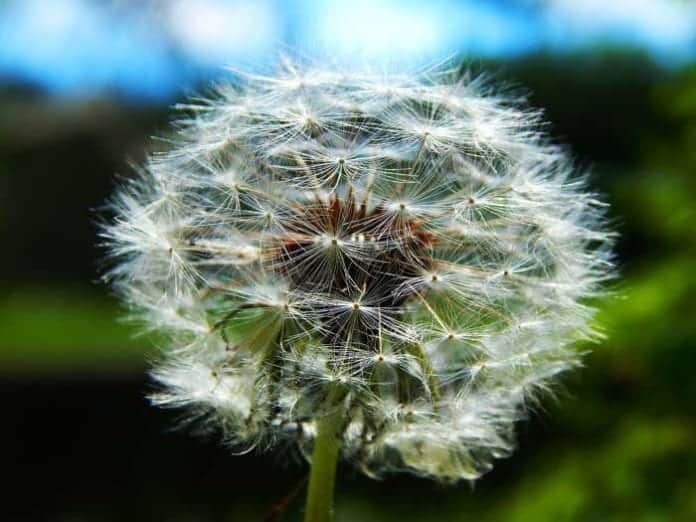
Plant Life Cycle: Plants, like any other living organisms, have their specific developmental history. Specifically, plants exhibit a so-called haplodiplontic life cycle wherein the gametes (sex cells) are not a direct product of meiosis.
Instead, diploid sporophyte cells go through meiosis and produce the haploid spores. Each spore then mitotically divides in order to produce the haploid gametophyte which then yields the gametes. The gametes then undergo fertilization in order to produce the zygote.
Throughout their life cycle, all plants undergo the alternation of generations. This cycle of generations include both diploid (2n) phase (i.e., having 2 sets of chromosomes), the sporophyte, and the haploid (n) phase (i.e., having only 1 set of chromosomes) gametophyte.
In this article, we will try to look at how these generations differ with each other and how they occur in different types of plants.
Table of Contents
Plant Life Cycle: Alternation of Generations
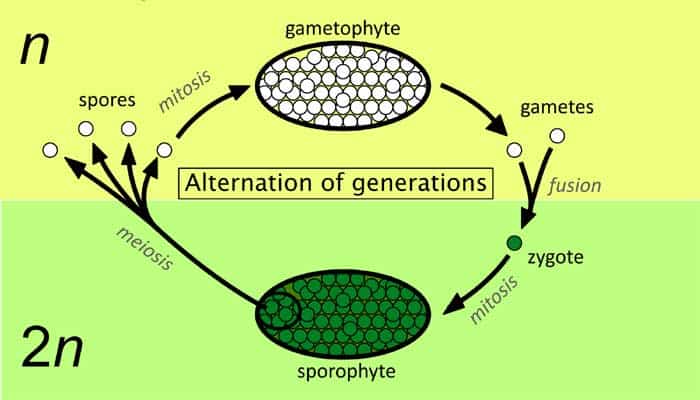
The Sporophyte Generation
 As its name suggests, the function of the sporophyte stage is to generate the spores through meiosis. It is important to note that the sporophyte is diploid (2n) and in order to produce the haploid (n) cells, which contain half the number of chromosomes, meiosis division should occur.
As its name suggests, the function of the sporophyte stage is to generate the spores through meiosis. It is important to note that the sporophyte is diploid (2n) and in order to produce the haploid (n) cells, which contain half the number of chromosomes, meiosis division should occur.
- In the sporophyte phase, meiosis occur in the sporangium (plural: sporangia).
![]()
The Gametophyte Generation
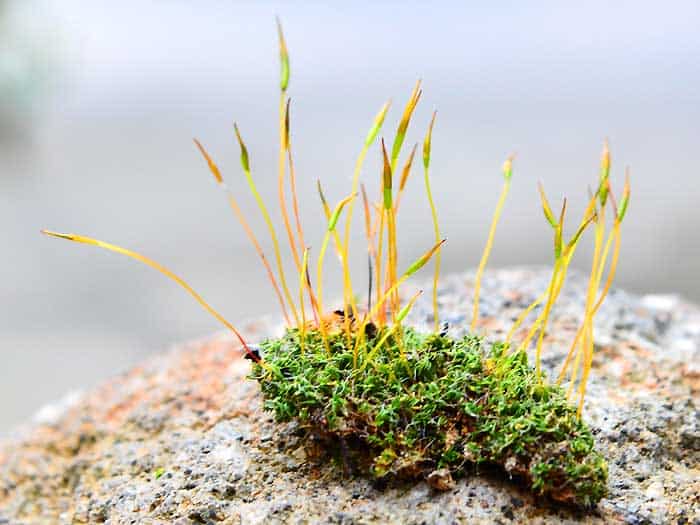
- In this phase, two distinct sex organs are produced: the antheridium (in males) that produces sperm, and the archegonium that produces the eggs.
- The sperm and egg then combine to form a unicellular zygote that will divide mitotically to produce the multicellular sporophyte.
![]()
Difference Between Sporophyte And Gametophyte Generation
| Feature | SPOROPHYTE | GAMETOPHYTE |
|---|---|---|
| TYPE OF REPRODUCTION | Asexual reproduction (only the somatic cells are involved) | Sexual reproduction (only the sex cells or gametes are involved) |
| TYPE OF CELL DIVISION | Meiosis | Mitosis |
| OFFSPRING | Spores | Gametes (sperm and eggs) |
| NUMBER OF CHROMOSOMES | Diploid (two copies of each chromosome) | Haploid (one copy of each chromosome) |
| FIRST CELL PRODUCED | Diploid zygote | Haploid spore |
| OCCURRENCE IN PLANTS | In lower plants like Bryophytes, Lycophytes, and Psilophytes, the sporophyte depends on the gametophyte. In Angiosperms, the sporophyte phase is longer as compared to the gametophyte phase. | In lower plants like Bryophytes, Lycophytes, and Psilophytes, the gametophyte is longer than the sporophyte phase. In Angiosperms, the gametophyte phase is shorter as compared to the sporophyte phase. |
![]()
Comparison With Other Organisms
![]()
Life Cycle of Different Plant Types
1. Life Cycle of Bryophytes (Mosses Plants)
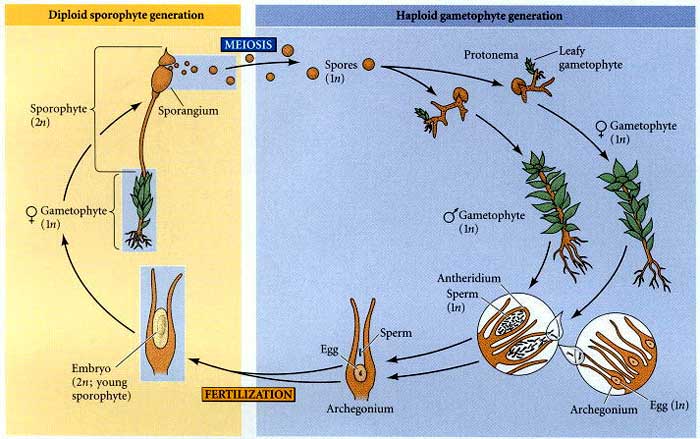

- Based on the diagram above, cells in the sporangium (sporophyte) divide through meiosis in order to produce spores (males and females).
- After that, each kind of spores respectively divides through mitosis to produce male and female gametophytes.
- At maturation, the gametophytes then differentiate into antheridia (males) and archegonia (females).
- In these places, mitosis occurs following the production of the sperm and eggs.
- After the sperm and egg meet, the sporophyte generation grows in the archegonium and is attached to the gametophyte.
- Interestingly, the “leafy” appearance of the mosses we see is in fact the gametophyte phase of the plant.
![]()
2. Life Cycle of Pteridophytes (Fern Plants)
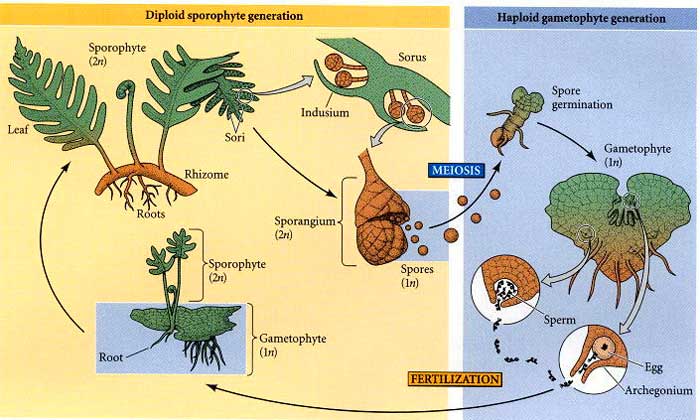
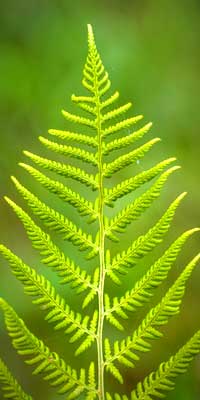 Another major difference between them is that both generations in the life cycle of ferns are autotrophic (can undergo photosynthesis).
Another major difference between them is that both generations in the life cycle of ferns are autotrophic (can undergo photosynthesis).
- Based on the diagram above, the sporophyte generation is the more dominant phase and thus is independent of the gametophyte generation.
- Basically, the sporangia are covered by the indusiumand are altogether contained within the sorus (plural: sori). The spores are then produced when the sporangia undergo meiosis.
- After that, each spore mitotically divides in order to produce the gametophyte that matures into antheridia (male) and archegonia (female).
- The gametophyte generation is smaller than the sporophyte but is equally important because it is where fertilization takes place. Usually, when water is present, the sperm in the antheridia swims to the eggs in the archegonia.
![]()
3. Life Cycle of Angiosperms (Flowering Plants)
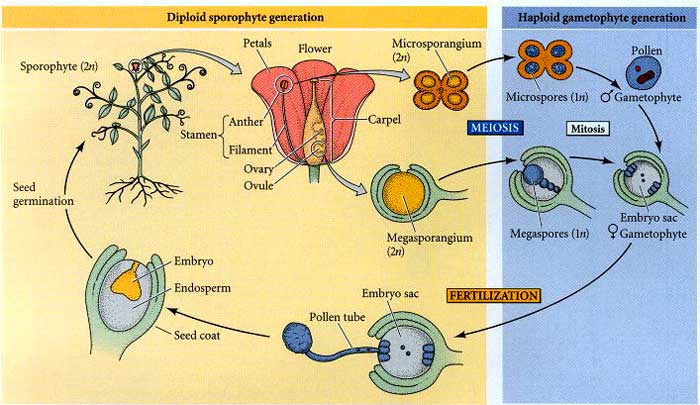
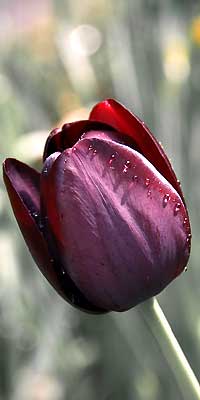 These events take place inside the organ that distinguishes angiosperms from all other plant types: the flowers.
These events take place inside the organ that distinguishes angiosperms from all other plant types: the flowers.
- In angiosperms, the sporophyte is more dominant than the gametophyte generation. However, the male and female gametophytes are produced in the flowers during the sporophyte generation.
- In the anther (male), cells of the microsporangium divide through meiosis in order to create the microspores. A separate division through meiosis is exhibited by the megasporangium in the ovary (female) in order to produce one large megaspore and three small ones. Despite this, only the large megaspore lives in order to be fertilized.
- It is important to note that the sporophyte stage can be kept dormant when the embryo (eventually the seed) is covered by the seed coat.
![]()
Basically, we have seen how plant life cycle alternate between the two generations: the production of the embryo from the fusion of gametes in the gametophyte phase, and its development that occur in the sporophyte phase. Hence in order to correctly understand plant development, one must really establish the knowledge about the two.
Now, after going through the different life cycles of different types of plants, can you figure out why there are no moss trees?
HINT: It has something to do with its haploid gametophyte phase.
![]()
Cite This Page
References
- [1] – “Life cycle – New World Encyclopedia”. Accessed February 05, 2017. Link.
- [2] – “Plant Life Cycles – Developmental Biology – NCBI Bookshelf”. Accessed February 05, 2017. Link.
- [3] – “Sporophyte: Definition & Examples – Video & Lesson Transcript | Study.com”. Accessed February 05, 2017. Link.
- [4] – “Life cycle – New World Encyclopedia”. Accessed February 05, 2017. Link.
- [5] – “Angiosperms”. Accessed February 05, 2017. Link.
- [6] – “Figure 20.2, [Life cycle of a moss]. – Developmental Biology – NCBI Bookshelf”. Accessed February 05, 2017. Link.
- [7] – “Figure 20.3, [Life cycle of a fern]. – Developmental Biology – NCBI Bookshelf”. Accessed February 05, 2017. Link.
- [8] – “Figure 20.4, [Life cycle of an angiosperm]. – Developmental Biology – NCBI Bookshelf”. Accessed February 05, 2017. Link.





